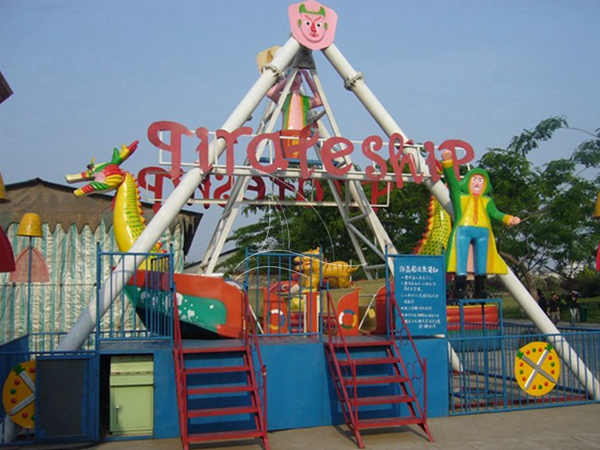How operators reduce the safety accident rate of amusement rides
Reducing the safety accident rate of amusement rides is of utmost importance to ensure the well-being and enjoyment of visitors. Operators play a crucial role in maintaining and enhancing the safety standards of amusement rides. By implementing certain measures and adhering to best practices, operators can significantly reduce the occurrence of accidents and create a safer environment for everyone involved. Here are some key strategies that operators should consider:

Regular Inspections and Maintenance: Operators must conduct regular inspections of amusement rides to identify any potential safety hazards. This includes checking mechanical components, structural integrity, electrical systems, and safety restraints. Following manufacturer guidelines and maintenance schedules is essential to ensure rides are in optimal condition.
Safety Protocols and Procedures: Well-defined safety protocols and procedures should be established and communicated to all staff members. This includes guidelines for loading and unloading passengers, securing safety restraints, operating emergency stop buttons, and handling unexpected situations. Operators should also conduct regular drills and simulations to prepare staff for emergencies.
Height and Age Restrictions: Implementing and enforcing height and age restrictions is crucial to ensure that riders are physically capable of safely enjoying the amusement rides. Clear signage and diligent monitoring should be in place to prevent individuals who do not meet the requirements from accessing rides that may pose a risk to their safety.
Queue Management: Effective queue management is essential to minimize the risk of accidents. Operators should maintain organized queues with proper barriers and signage to guide visitors. Adequate spacing between riders should be maintained to prevent collisions and ensure safe loading and unloading.
Ride Supervision: Operators must have trained personnel overseeing the operation of each ride. Supervisors should continuously monitor the ride’s performance, staff adherence to safety procedures, and visitor behavior. They should be prepared to take immediate action in case of any safety concerns.
Regular Risk Assessments: Conducting regular risk assessments helps identify potential hazards and implement preventive measures. Operators should evaluate ride design, operation procedures, and surrounding environments to mitigate risks. This includes identifying and addressing issues such as sharp edges, protrusions, loose objects, or inadequate lighting.
Visitor Education: Operators should actively educate visitors about the importance of following safety rules and guidelines. This can be done through clear signage, audio announcements, and informative displays near ride entrances. Additionally, providing safety brochures or videos that outline the rules and potential risks can further enhance visitor awareness.
In conclusion, reducing the safety accident rate of amusement rides requires a comprehensive and proactive approach by operators. By implementing regular inspections, staff training, safety protocols, and risk assessments, operators can enhance the overall safety of amusement rides and ensure a positive and secure experience for visitors. Continuous improvement, education, and collaboration with regulatory bodies are vital for sustaining a safe amusement park environment.


